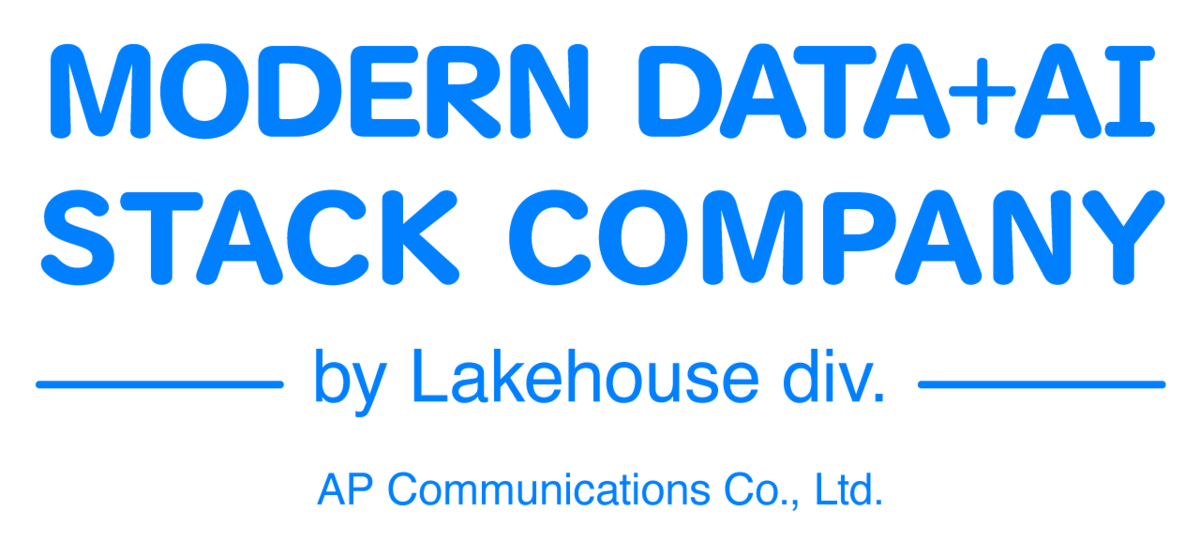Introduction
I'm Chen from the Lakehouse Department of the GLB Division. Based on a report by Mr. Gibo who is participating in Data + AI SUMMIT2023 (DAIS2023) held in San Francisco, "Best Practices for Running Efficient Apache Spark™ Workloads on Databricks" Here's an overview of the talk "Best Practices for Execution".
Best practices for efficient Apache Spark workload execution with Databricks
In this talk, he explained how to run efficient Apache Spark workloads using Databricks. It is intended to enable engineering teams to move their business forward and focus their finite resources to deliver great functionality. The target audience for the talks are Data Engineers, Data Analysts, Data Scientists, and Business Analysts.
Databricks platform overview
The Databricks platform is unique in that it reduces concerns related to data management and eliminates the need to stitch multiple platforms together. It provides an environment focused on security and governance, and allows you to centrally manage structured, semi-structured, and unstructured data, making it easier to work with your data. It also facilitates data access control and auditing to meet corporate data management policies.
Leverage developer productivity and tools to streamline Apache Spark workloads on Databricks
Databricks offers features to support developers and increase their productivity according to their preference of notebooks, IDEs, APIs and more. Use tools like Databricks Connect and Databricks Asset Bundles to develop and debug your code and interact with your cluster through the dataframe API. By utilizing these tools, developers can work efficiently.
Creating and Deploying Data Products: Best Practices for Running Efficient Apache Spark Workloads with Databricks Databricks allows you to create resources in WebQL format and model them in a Databricks-specific way in YAML files. This facilitates the development and deployment of data products. Specifically, resources can be created and executed using the following procedure. 1. Create a resource in WebQL format 2. Model resources in YAML files 3. Run the modeled resource Creating and running resources this way makes it easier to integrate them into your continuous integration workflow.
How to optimize data and improve architecture
As methods of data optimization, creation of indexes, use of optimization services, and utilization of algorithms for speeding up point lookups were introduced. Also, Love Shuffle Merge and Delete Vector were introduced to improve the update and merge process. Leveraging these techniques will help you efficiently manage your data and run your Apache Spark workloads.
Summary
By learning best practices for running efficient Apache Spark workloads with Databricks, engineering teams can focus their finite resources and move their business forward. It is expected that the development of more efficient data products will be possible by utilizing techniques for data optimization and architecture improvement, and by being conscious of improving developer productivity and utilizing tools.
Conclusion
This content based on reports from members on site participating in DAIS sessions. During the DAIS period, articles related to the sessions will be posted on the special site below, so please take a look.
Translated by Johann
Thank you for your continued support!
